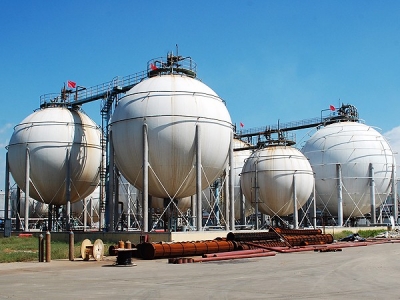

Products
Liquefied petroleum gas (LPG) is a mixture of various low boiling gases in the process of oil refining, without a fixed composition. The main components are butene, propylene, butane and propane. Used as feedstock for petrochemical industry, subcritical biological technology for cryogenic solvent extraction, can also be used as fuel.
LPG refers to liquefied petroleum gas by high-pressure or low-temperature, referred to as "liquefied petroleum gas" or "liquefied gas". It consists of propane, n-butane, isobutyl-butane and a small amount of ethane, organic compounds greater than 5, and unsaturated hydrocarbons.
(1) Less pollution
LPG is composed of C3 (c), C4 (carbon four) of hydrocarbons, can be all burned, no dust. The use of modern cities can greatly reduce the past pollution caused by coal, firewood and fuel.
(2) High calorific value
The same weight of LPG equivalent to twice times the calorific value of coal, liquid heat for the 185~45 980kj/kg.
(3) Easy to transport
LPG at ambient temperature and pressure is gas, under certain pressure or frozen to a certain temperature can be liquefied into liquid, can be used train (or car) tanker, LPG ship on land and water transport.
(4) Pressure stability
LPG pipeline user before the pressure unchanged, user-friendly.
(5) Simple storage and flexible supply
Compared with the production, storage and supply of urban gas, LPG storage equipment is relatively simple, gas stations with LPG storage tanks, can be installed in cylinders for users to use, but also through the distribution station and supply pipe network, the implementation of pipeline gas supply, and even can be used in small bottled butane gas, as a dinner table of hot pot fuel, easy to use.

